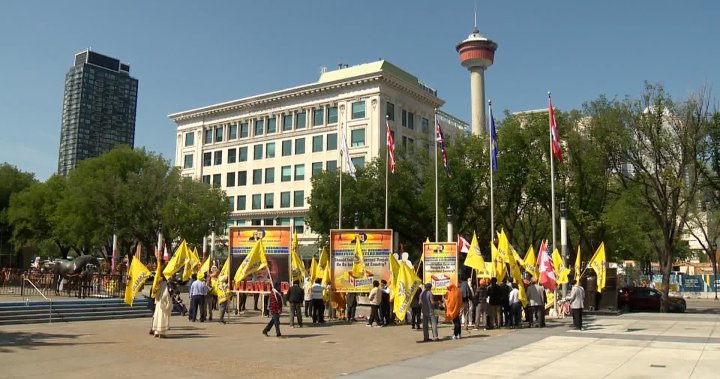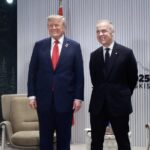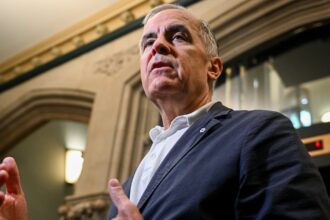Hundreds of Sikh protesters gathered in downtown Calgary on Sunday, their voices rising against the backdrop of high-level diplomatic meetings as Indian Prime Minister Narendra Modi arrived for the 2024 G7 Summit. The demonstration—part of a growing movement across Canada—highlighted escalating tensions between Ottawa and New Delhi over the contentious issue of Khalistan separatism.
The protesters, many waving bright yellow Khalistan flags and holding portraits of Hardeep Singh Nijjar, marched through Calgary’s streets demanding independence for Punjab and condemning what they describe as human rights violations by the Indian government. Nijjar’s assassination on Canadian soil last June has become a flashpoint in deteriorating Canada-India relations.
“We are here because our voices deserve to be heard,” said Gurpreet Singh, one of the protest organizers. “The Indian government continues to suppress legitimate political dissent both in India and now, through covert operations, in Canada.”
The demonstration comes at a particularly sensitive moment, as Prime Minister Justin Trudeau and other G7 leaders welcome Modi to discussions on global security, economic cooperation, and climate change. Canada’s allegations of Indian government involvement in Nijjar’s killing—which India has vehemently denied—have already resulted in diplomatic expulsions and strained economic ties between the two nations.
Calgary Police Service deployed additional officers to manage the protests, with authorities confirming the demonstration remained largely peaceful despite its emotional intensity. “Our priority was ensuring public safety while respecting the democratic right to protest,” said Superintendent Mark Davidson of the CPS Public Safety Unit.
The Khalistan movement, which advocates for an independent Sikh homeland in Punjab, has found significant support among Canada’s 770,000-strong Sikh community—the largest Sikh diaspora outside of India. However, the Indian government classifies the movement as terrorism, creating a diplomatic tightrope for Canadian officials navigating relations with both India and domestic Sikh constituents.
Foreign policy experts suggest the protest’s timing during the G7 Summit was strategically calculated. “The visibility afforded by international gatherings like the G7 provides leverage for these groups to amplify their message on the world stage,” explained Dr. Emily Richardson, professor of international relations at the University of Calgary.
Economic implications of the diplomatic standoff continue to concern Canadian businesses. Trade between Canada and India—valued at approximately $8.7 billion annually—has already shown signs of strain, with negotiations for a comprehensive economic partnership agreement effectively suspended since the allegations emerged.
For Canada’s political leadership, the situation presents a complex balancing act between maintaining security relationships, protecting Canadian sovereignty, and upholding democratic values including freedom of expression. Parliamentary debates have intensified in recent months over how to address India’s alleged foreign interference while preserving economic ties.
As world leaders continue their discussions behind closed doors at the G7 Summit, the demonstration in Calgary serves as a powerful reminder of how international tensions can manifest domestically. The question now facing both nations is whether diplomatic channels can be rebuilt in a climate where accusations of assassination and terrorism have fundamentally altered the relationship between two democracies with historically strong ties.










